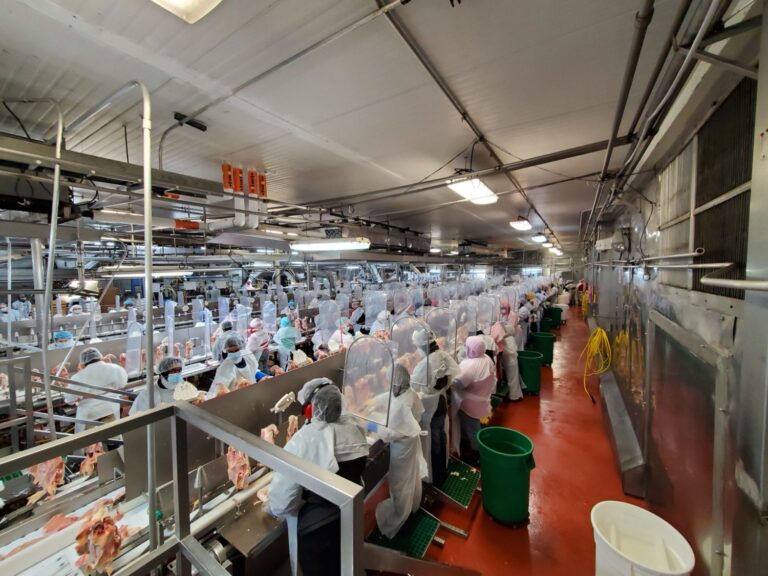WASHINGTON, D.C. – The U.S. Poultry & Egg Association (USPOULTRY), National Chicken Council, National Turkey Federation and United Egg Producers have released an updated economic impact study that highlights the positive impact the poultry industry has on jobs, wages, and federal and state revenue in the United States. A dynamic and integral part of the national economy, the U.S. poultry industry provides 2,139,617 jobs, $121.1 billion in wages, $576.6 billion in economic activity and $41.9 billion in government revenue. Since the last study conducted in 2018, the poultry industry has created 154,833 additional jobs, and the economic impact has increased by more than 15 percent.
The study breaks down poultry into three subcategories: chicken, turkey and eggs. Key economic data from each are as follows:
- The chicken industry provides 1,613,881 jobs, $91.3 billion in wages, $433.2 billion in economic activity and $31.5 billion in government revenue.
- The turkey industry provides 387,346 jobs, $22.0 billion in wages, $103.4 billion in economic activity and $7.6 billion in government revenue.
- The egg industry provides 119,080 jobs, $6.7 billion in wages, $34.7 billion in economic activity and $2.5 billion in government revenue.
“We are pleased to continue providing this valuable tool across the industry that shows the positive economic impact the poultry industry has on our nation and communities,” said John Starkey, president of USPOULTRY.
The data is hosted on interactive websites that can be viewed collectively or by individual product, and then sorted nationally by state, congressional district, state house district or state senate district, and county. For more information about the U.S. poultry industry’s economic impact, visit:
- www.poultryfeedsamerica.org
- www.chickenfeedsamerica.org
- www.turkeyfeedsamerica.org
- www.eggsfeedamerica.org
The economic impact study was funded by USPOULTRY. The study was conducted by John Dunham & Associates, based in New York City. The study was updated using the most current methodology available and uses data from 2020. For more information on the study’s methodology and model description, please click here.
###




